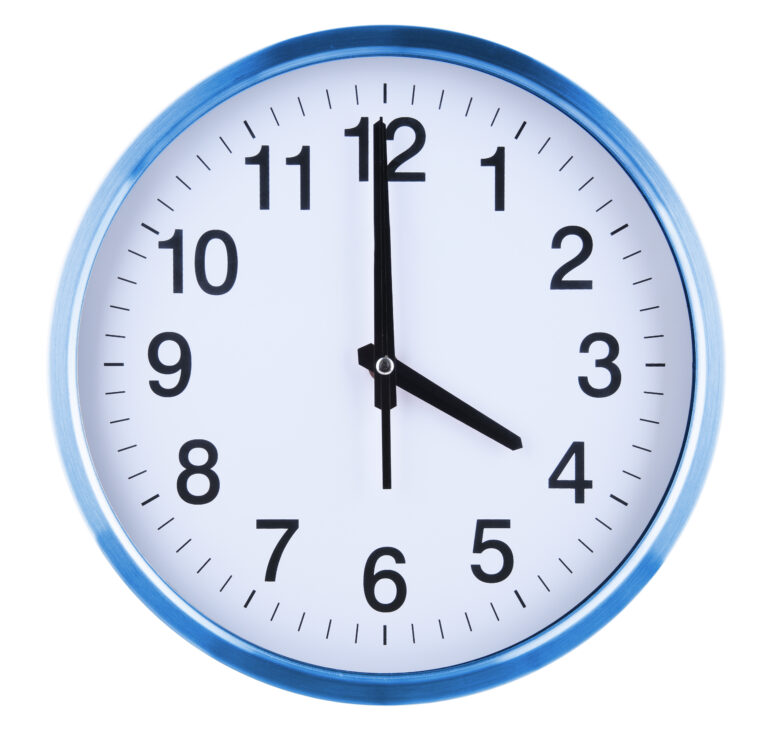**How Your Fear of Ballroom Dancing Might Be Hiding Proprioceptive Vulnerabilities**
Have you ever felt nervous or anxious about trying ballroom dancing? Maybe you think you’re not coordinated enough or that you’ll look silly in front of others. But what if your fear of ballroom dancing is actually hiding something deeper? Let’s explore how your fear might be connected to proprioceptive vulnerabilities.
### What is Proprioception?
Proprioception is the ability to sense the position and movement of your body. It’s like having a built-in GPS system that helps you know where your limbs are and how they’re moving. This sense is crucial for activities like walking, running, and even dancing.
### How Proprioception Relates to Ballroom Dancing
Ballroom dancing requires a high level of proprioceptive awareness. You need to feel the position of your feet, the movement of your arms, and the rhythm of the music all at once. If you have proprioceptive vulnerabilities, it might be challenging to pick up these cues, leading to feelings of clumsiness or frustration.
### Signs of Proprioceptive Vulnerabilities
1. **Difficulty with Coordination**: If you find it hard to coordinate your movements, even simple tasks like walking or climbing stairs can be challenging. This difficulty can be especially pronounced in activities that require precise body positioning, like ballroom dancing.
2. **Balance Issues**: Proprioceptive vulnerabilities can affect your balance. You might feel unsteady or prone to falls, which can make you hesitant to try new activities like dancing.
3. **Muscle Weakness**: Weak muscles can also be a sign of proprioceptive issues. If you’re not able to engage your core or use your legs effectively, it can make dancing feel like a struggle.
4. **Pain or Discomfort**: Sometimes, proprioceptive vulnerabilities can lead to pain or discomfort in your muscles and joints. This is because your body is not able to properly sense and adjust its movements, leading to strain and injury.
### How to Address Proprioceptive Vulnerabilities
1. **Physical Therapy**: Working with a physical therapist can help you improve your proprioception. They can provide exercises and techniques tailored to your specific needs, helping you build a stronger sense of body awareness.
2. **Practice and Patience**: The more you practice any activity, the better you’ll become at sensing your body’s position and movement. Start with simple exercises and gradually move on to more complex ones, like ballroom dancing.
3. **Feedback and Support**: Having a supportive instructor or partner can make a big difference. They can provide feedback on your movements, helping you adjust and improve your technique.
4. **Mindfulness and Relaxation**: Sometimes, stress and anxiety can exacerbate proprioceptive issues. Practicing mindfulness and relaxation techniques can help calm your nerves and improve your overall sense of body awareness.
### Conclusion
Your fear of ballroom dancing might be more than just a fear of looking silly or being clumsy. It could be a sign of deeper proprioceptive vulnerabilities. By addressing these vulnerabilities through physical therapy, practice, and support, you can overcome your fears and enjoy the many benefits of ballroom dancing, including improved coordination, balance, and overall physical fitness. So, don’t let fear hold you back—take the first step towards better proprioception and a more confident you





